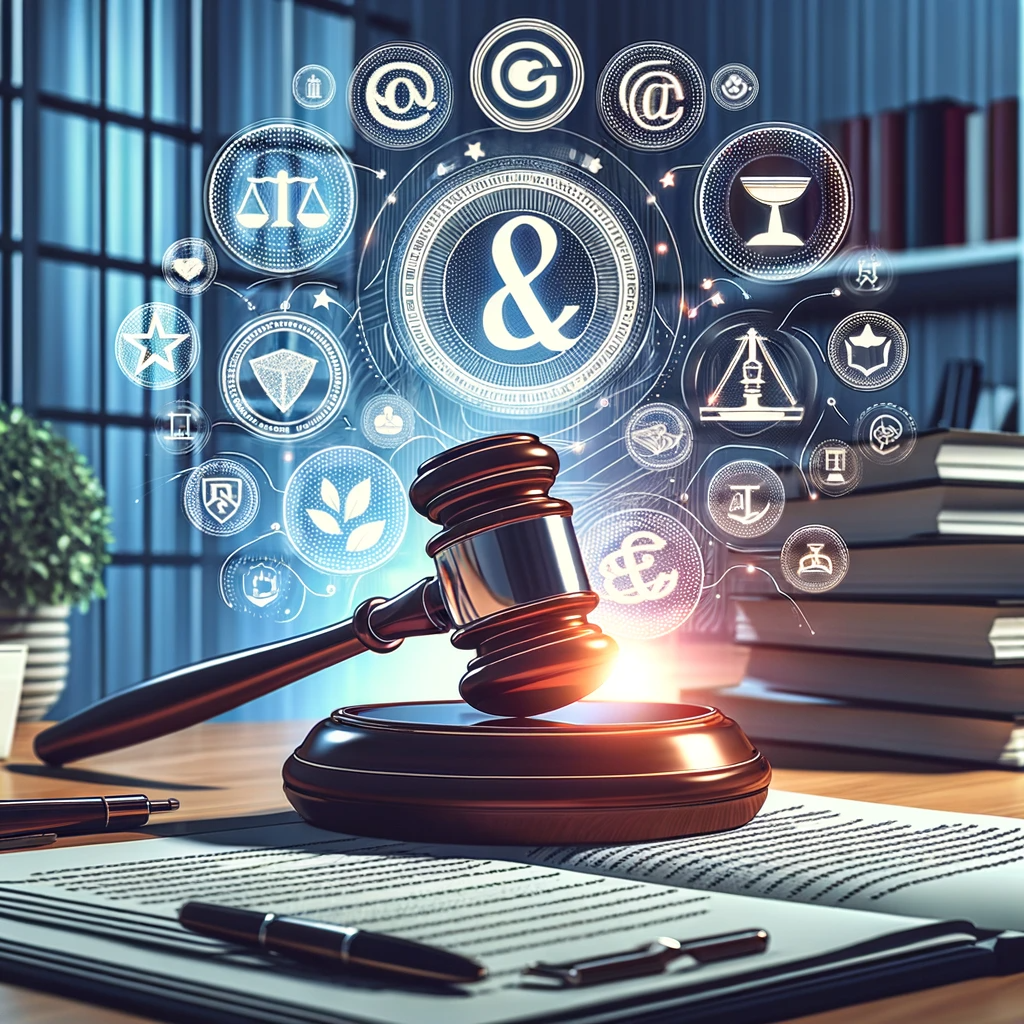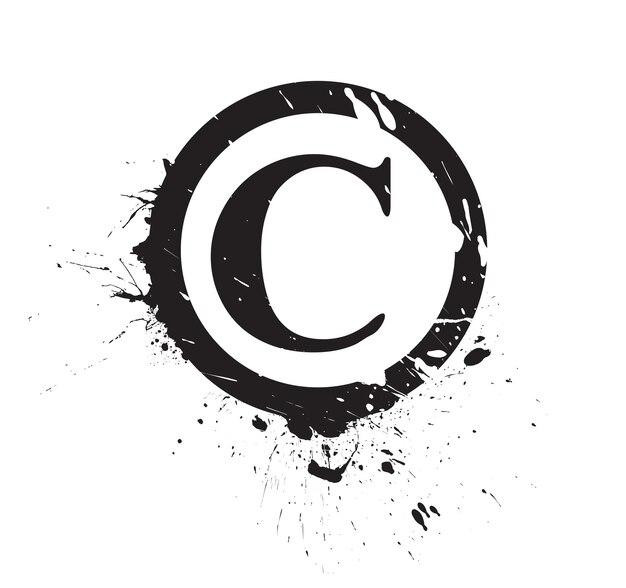Deciphering the Foundations of Intellectual Property: Trademarks, Service Marks, Registered Marks, and Copyrights
Beginning
Intellectual property rights are fundamental in the realm of business. They provide safeguarding and legal acknowledgment to brands, products, and creative outputs.

In this detailed guide, we’ll delve into the complexities of trademarks, service marks, registered marks, and copyrights. Grasping these concepts is crucial to protecting your brand’s identity and intellectual resources.
This understanding is vital whether you’re an emerging entrepreneur or an experienced business proprietor.
What Does a Trademark Mean?
A trademark is a unique sign or emblem utilized by a business. It recognizes and differentiates its goods or services from those of others.
Trademarks can be words, phrases, logos, designs, or combinations of these. They symbolize the image of a brand and encapsulate its reputation and goodwill.
Comprehending the function of trademarks is crucial in establishing a robust brand presence.
- Examples: The Nike “Swoosh,” the Apple logo, or the phrase “Just Do It.”
- They are more than logos; they signify a company’s identity.
How is a Trademark Utilized?
Trademarks act as a legal barrier. They safeguard the unique elements that set your products or services apart in the marketplace.
When registered, they confer exclusive rights to use the mark with the specified goods or services. This prevents confusion and permits legal action against violations.
Registering a trademark is a strategic business decision, crucial in branding and commercial triumph.
- Prevents others from using similar marks that could lead to confusion.
- Examples of violation: A “McDowell’s” restaurant using golden arches akin to McDonald’s.
Service Marks and Registered Marks
A service mark is akin to a trademark but specifically recognizes and differentiates services rather than goods. It plays a significant role in service-based industries, where the service itself is the product.
A registered mark, denoted by the ® symbol, signifies that the trademark or service mark has been officially registered with a national trademark office. This registration provides legal assurance and strengthens the mark’s protection.
Understanding these marks is crucial for businesses in service industries and those seeking robust legal protection for their brands.
- Example of a service mark: FedEx, where the focus is on delivery services rather than goods.
- Registered marks provide stronger protection and legal support.
Grasping Copyrights
A copyright is a form of protection conferred to the creators of original works of authorship. This includes literary, dramatic, musical, artistic, and certain other intellectual works.
Copyrights protect the expression of an idea, not the idea itself. They automatically safeguard the creator’s rights as soon as the work is created and fixed in a tangible form.
This protection is vital for authors, artists, and creators, ensuring their works are not utilized without permission.
- Examples: Books, music compositions, paintings, and software.
- Key point: Copyright does not protect ideas, methods, or systems.
Fair Use in Copyright Law
Fair Use is a doctrine that permits limited use of copyrighted material without needing permission from the rights holders. This includes uses such as criticism, comment, news reporting, teaching, scholarship, and research.
However, deciding what constitutes fair use can be complex – and involves considering factors like the purpose of use, the nature of the copyrighted work, the amount used, and the effect of use on the market value of the work.
- Example: A book review quoting a short excerpt for critical analysis.
- News reporting often involves summarizing or quoting parts of a work for public interest.
Derivative Works
Derivative works are new creations that include or are based on previously existing work. Copyright law requires the original creator’s permission to produce these works.
These can include translations, musical arrangements, dramatizations, fictionalizations, and more.
- Example: A novel adapted into a movie or a song remixed into a new music track.
- Derivative works must add something new and original to be protected separately under copyright law.
Visual Examples of Trademarks, Service Marks, Registered Marks, and Copyrights
Understanding intellectual property rights can be enhanced by visual examples. Below is an illustration showcasing various symbols and labels that represent trademarks, service marks, registered marks, and copyrights.
This visual guide aids in distinguishing between these different forms of intellectual property, each crucial for protecting business and creative assets.
- Trademark (TM): Symbols or logos used for goods, like brand logos.
- Service Mark (SM): Similar to trademarks but used for services, like company service logos.
- Registered Mark (®): Indicates a trademark or service mark is officially registered.
- Copyright (©): Used for artistic and literary works, like books and music.
The Procedure of Registering a Trademark or Service Mark
Registering a trademark or service mark involves several important steps. This process ensures legal protection and exclusive rights to the mark.
The process typically begins with a thorough search to ensure the mark isn’t already in use. Then, an application is filed with the relevant national or regional trademark office.
Understanding and correctly navigating this process is key to securing your brand’s unique identity.
- Conduct a trademark search to avoid conflicts.
- File an application detailing the mark and the goods or services it will represent.
Defending Your Intellectual Property
Once intellectual property rights are secured, actively defending them becomes paramount. Vigilance against violation is key to maintaining your exclusive rights.
If you fail to protect or defend your rights, it can signal to courts that you don’t mind if others violate them. You need to show a history or vigilance for optimal protection.
Enforcement might involve monitoring the market and being prepared to take action if violation is detected. It’s often advisable to consult with a legal expert to understand your options and develop an effective strategy.
Actions can include sending a cease-and-desist letter, making legal demands for compensation, or pursuing further legal action if necessary.
- Consider hiring an attorney to guide you through the legal aspects of IP protection.
- Initial steps often involve sending a cease-and-desist letter or making legal demands for compensation based on unauthorized use.
Wrap Up
In conclusion, understanding trademarks, service marks, registered marks, and copyrights is crucial for any business or creator. These intellectual property rights protect your unique ideas and brand identity.
By registering and effectively defending these rights, you ensure the longevity and integrity of your business and creative endeavors.
Remember, intellectual property is not just a legal concept; it’s a critical business asset.


